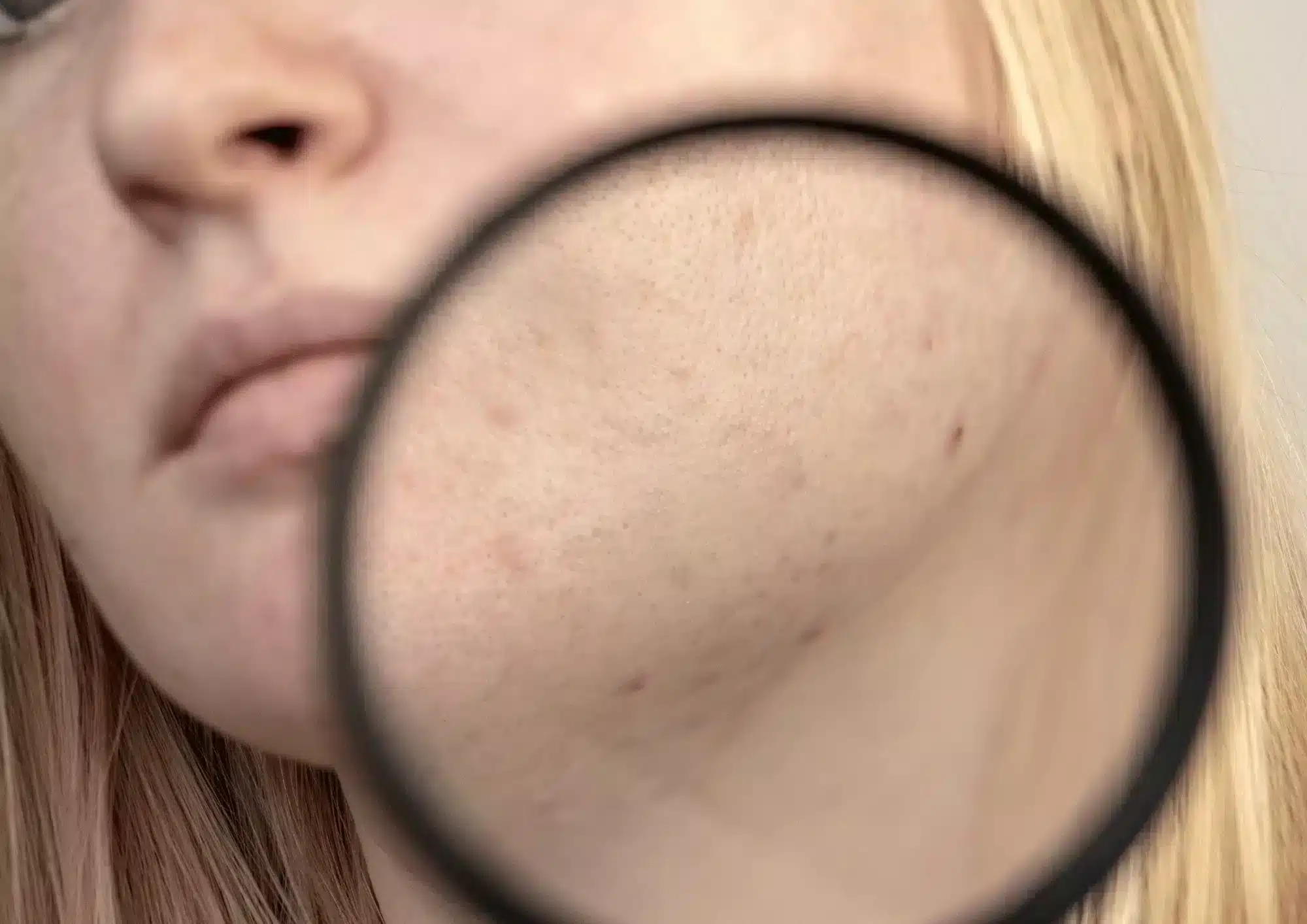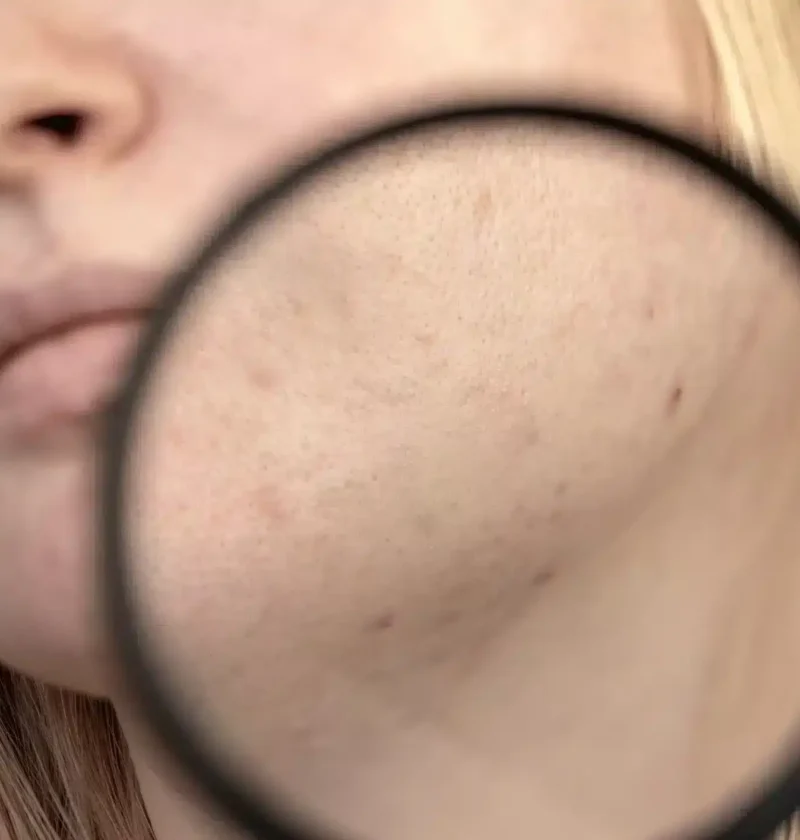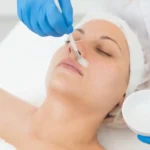
Juvederm dermal filler is proven to be one of the best treatments for reducing the appearance of scars, including those caused by acne. The results are long lasting, patient feedback is highly positive and only minor side effects have been observed when injection is undertaken by highly trained medical professionals.
Types of scars treated with Juvederm
Scars from acne can cause embarassment, motivating patients to seek treatment for the condition. Prevalent in patients with severe forms of acne, such as nodular and cystic, acne scars fall into two categories: atrophic and hypertrophic scars.
Of the two, dermal fillers treat the former and are particularly suited for improving the look of scars that have left indentations in the skin, including rolling scars and the less-defined boxcar scars.
Why use Juvederm for acne scars?
Juvederm’s smooth formulation and long-lasting results make it a good choice for treating acne scars. Restoring volume to the depressed or pitted scar using a high-viscosity filler like Juvederm Ultra, improves the appearance of the skin, an effect that continues to develop over time time due to the subcision of the needle during the procedure. The effects of Juvederm Ultra treatment are expected to last for between 9 and 12 months.
Another approach is to use a low-viscosity skinbooster dermal filler, such as Juvederm Volite, to treat large areas of scarring. In this approach, the filler hydrates and conditions the skin rather than providing volume to lift the scar.
For a more durable effect, dermal fillers can be used in conjunction with other dermal treatments like fractional non-ablative laser treatment and chemical peels to markedly improve skin texture and reduce scarring in the long-term.
Treatment tips
The Juvederm treatment procedure involves first discussing the scars that cause the patient the most concern and coming up with an approach for scar treatment. The treatment site must be cleansed and disinfected with an antiseptic.
Next, inject filler into the skin directly under the indented area. Treat the area in a systematic manner as localized edema may develop to the point where scars are no longer visible.
Have the patient assess the results of the treatment and give them the opportunity to point out further scars that need treatment. Resume treatment as necessary until the desired effect is achieved and all parties are satisfied with the results.
Side effects
Juvederm treatment for filling acne scars is not without its complications. Placing the filler at too superficial a depth, or injecting too much, can lead to nodules, lumps, and visible filler. This occurs more often when treating shallow scars.
Occasionally, patients have reported a donut-like or cratering effect months after treatment due to the filler settling around the scar, making the scar more pronounced. Minor lumps and unevenness can be mitigated by massaging the area.
Aesthetic medicine products are developed and regulated to meet stringent safety and efficacy standards. They are typically administered by trained healthcare professionals such as dermatologists, plastic surgeons, and specialized nurses in clinical settings. These products aim to provide effective solutions for cosmetic enhancement, skin rejuvenation, and overall aesthetic improvement, contributing to both physical appearance and self-confidence.
Key categories of aesthetic medicine products include:
-
Injectables: This category includes products such as dermal fillers, botulinum toxins (e.g., Botox), and collagen stimulators. These injectables are used to smooth wrinkles, add volume, and improve facial contours.
-
Skin Rejuvenation Treatments: Products like chemical peels, microdermabrasion systems, and laser devices are used to improve skin texture, reduce pigmentation irregularities, and enhance overall skin tone.
-
Skincare Products: These include medical-grade cleansers, moisturizers, serums, and topical treatments containing active ingredients like retinoids, antioxidants, and growth factors. They are formulated to address specific skin concerns such as acne, aging, and hyperpigmentation.
-
Hair Restoration Products: Medical treatments and products designed to promote hair growth and treat conditions such as male and female pattern baldness.
-
Body Contouring and Fat Reduction: Devices and products used for non-surgical body sculpting, such as cryolipolysis (cool sculpting) devices and injectable lipolytics.
-
Cosmeceuticals: High-performance skincare products that bridge the gap between cosmetics and pharmaceuticals, often containing potent ingredients with proven clinical benefits.
-
Wound Care and Scar Management: Products like silicone sheets, gels, and advanced wound dressings used to improve healing and reduce the appearance of scars.





